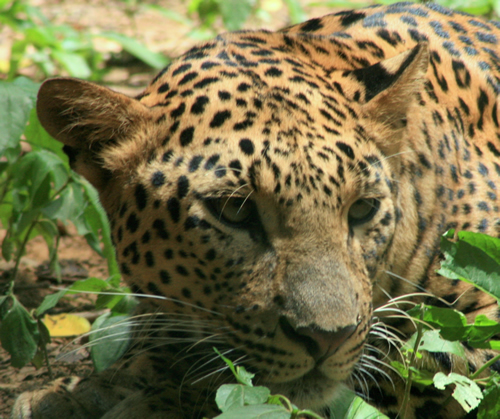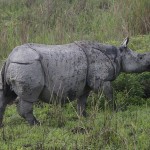India is losing its leopards at an alarming rate, and in 2011, more than 60 percent of the 356 deaths were directly attributed to humans.
The Wildlife Protection Society of India (WPSI) reports that 186 leopards were killed in 2011 for the illegal trade (demand for skins and body parts) and 41 were killed due to “conflicts” with humans.
21 leopards were killed by other animals, while 65 leopard deaths occurred for “unknown reasons”, another 29 were “accidents”, and 14 died during rescue operations.
As of June 2012, at least 70 leopards have already been killed in India for skins or body parts, while 82 deaths were caused by other reasons.
However, it’s likely that significantly more leopards have perished due to wildlife trafficking, as WPSI notes that in order to estimate the size of an illegal trade, customs authorities multiply known offenses by ten.
Research into the big cat trade conducted in 2011 by the Environmental Investigation Agency (EIA) found skins of wild leopards, tigers and snow leopards openly for sale in China, while raw leopard and tiger bone is commonly available in Western China.
In addition, medicinal plasters containing leopard and musk are widely available both inside and outside of China, although “leopard” is listed in Chinese only.
Leopard bones are almost indistinguishable from tiger bones, and like lion bones, are increasingly being sought to fulfill the demand for tiger bone products in China.
Please note the video below shows a group of villagers in India beating a leopard to death and it is extremely graphic:
According to the IUCN Red List of Threatened Species™, all populations of leopard subspecies are in decline.
Learn more about how you can help the Wildlife Protection Society of India save leopards at wpsi-india.org.
Image by Diegovishnu via Wikimedia Commons





